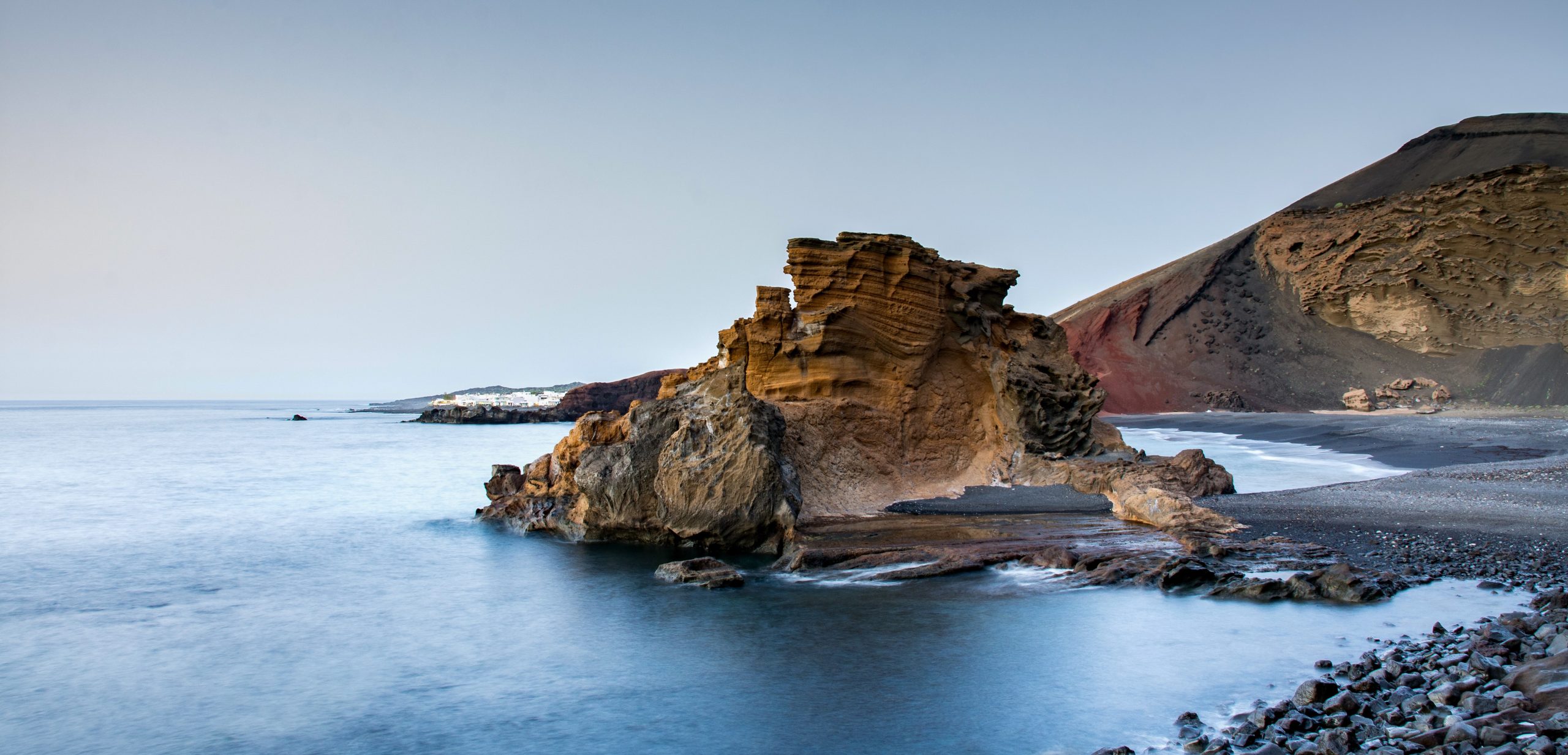The municipality of Yaiza, located in the south of the island of Lanzarote, stands out as one of the most extensive, covering 27,195 hectares and offering a wide range of tourist attractions and natural landscapes for visitors. This historic place was the first point of European conquest and settlement in the Canary Islands, known as Rubicon, where the modest chapel of San Marcial was elevated to the category of cathedral by pontifical disposition in 1404, marking the origin of the first diocese of the archipelago.
The main natural attraction of the municipality is undoubtedly the Timanfaya National Park, a unique site in the world that represents one of the most outstanding manifestations of recent volcanism in the archipelago. However, Yaiza offers much more than Timanfaya. In this territory, one of the most beautiful and unique of the Canary Islands, you can appreciate in its capital and its villages places preserved and integrated into the natural environment, such as the virgin beaches of Papagayo and the paradisiacal coves of white sand, protected as natural sites.
Also worthy of mention is the “miracle” of man’s struggle against nature in La Geria, where farmers have carefully cultivated the malpaíses, creating true works of stone art in their battle against the wind and the elements. In addition, Playa Blanca has been able to combine its seafaring tradition with sustainable, high-quality tourism development.
Additional points of interest include El Golfo, a fusion of sea and fire, where a semi-submerged crater has given rise to the Charco de los Clicos; Los Hervideros, impressive lava formations that jut out into the sea; and the Salinas de Janubio, another example of the human effort to obtain natural resources.
| Incorporation in the Intelligent Destinations project | Yaiza, a destination adhered to the Network of Smart Tourist Destinations, has developed its DTI diagnosis process and concluded it in December 2023. With this, the destination shows its commitment to implement a way of working based on smart tourism management and based on the requirements of the DTI model. |
| Initiatives highlighted |
|

